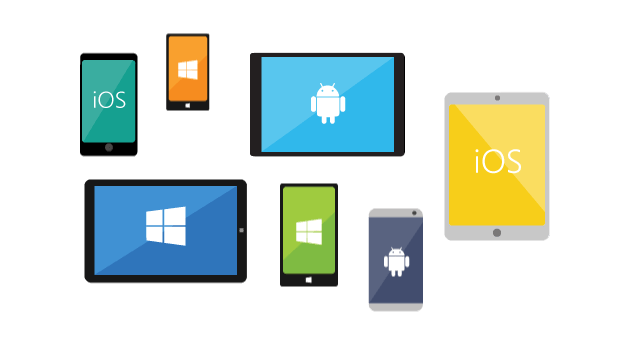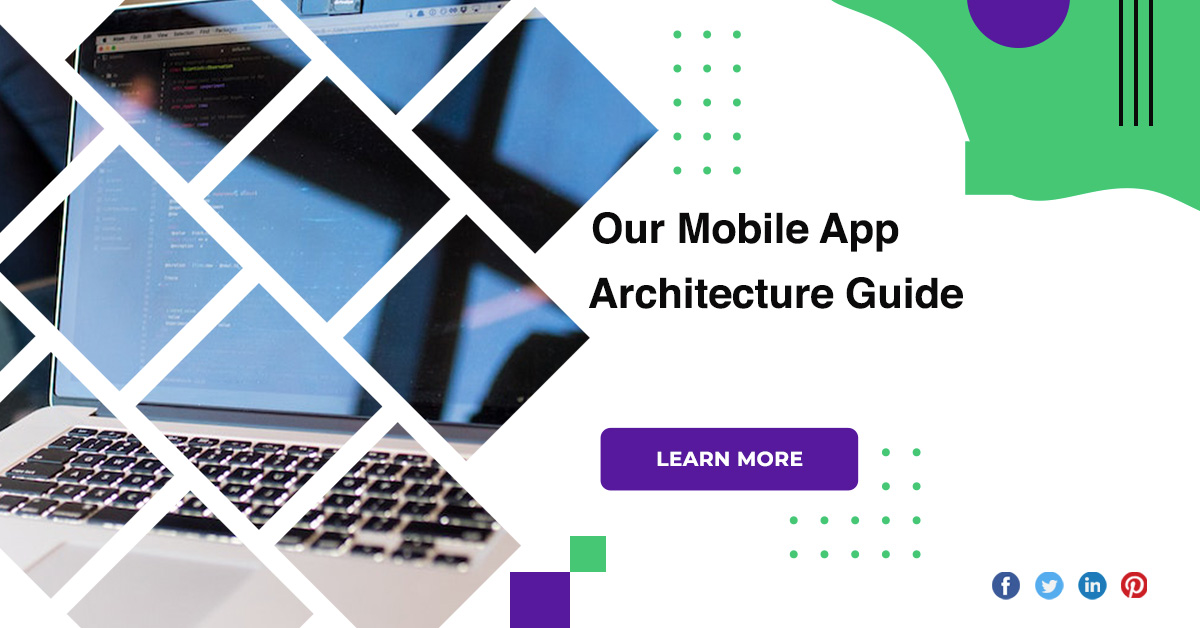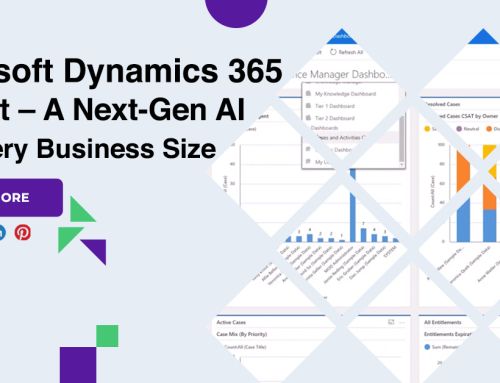Our Mobile App Architecture Guide
When developing any web or mobile application, it is important to ensure that every component is solid, starting with the very idea of the mobile application. Even minor hiccups on the way to mobile app architecture can damage the quality of the final product.
Mobile app architecture guide types
Android
Native apps are one type of mobile app and apps built to run on a specific smartphone platform. Android apps are designed to work with the Android languages on devices from a variety of manufacturers, including Google, Samsung, Sony, and Nokia. No architecture should be followed for Android mobile applications. However, the most popular Android architecture for mobile applications is the Clean Architecture. The architecture is based on layers and inversion of control. The business layer of a pure application is sometimes called the domain layer and sits between the application and presentation layers.

iOS
Objective-C and Swift are the most common languages used to build iOS apps A model in MVC is simply a data layer. This is where you create your persistence, model objects, parsers, managers, and network code. A view is similar to a presentation layer, a reusable layer that presents the application to the user. The MVC model enables rapid and parallel development and the ability to create multiple viewpoints.

Cross-platform
Cross-platform development develops a single code base that can be served by multiple platforms on multiple mobile devices. Because cross-platform solutions provide a more realistic user experience than web applications, they are often more desirable. Cross-platform apps use libraries rather than web languages like JavaScript, which makes React Native, Flutter, and Xamarin appealing.

Hybrid architecture of mobile applications
Hybrid mobile applications combine native and web technologies. Hybrid apps use native apps for the backend, but platform-neutral JavaScript, HTML, and CSS for the frontend. Plugins like Apache Cordova or Ionic Capacitor are used to access native platform features in hybrid applications. Hybrid mobile apps are among the fastest to develop for multiple platforms and are easy to upgrade; however, they are not ideal for advanced, interactive, or feature-rich applications.
Conclusion
If you want to achieve something, do it professionally. To reach customers and stay competitive, every major Android and iOS software has a solid mobile app architecture and successfully conquers its audience.











